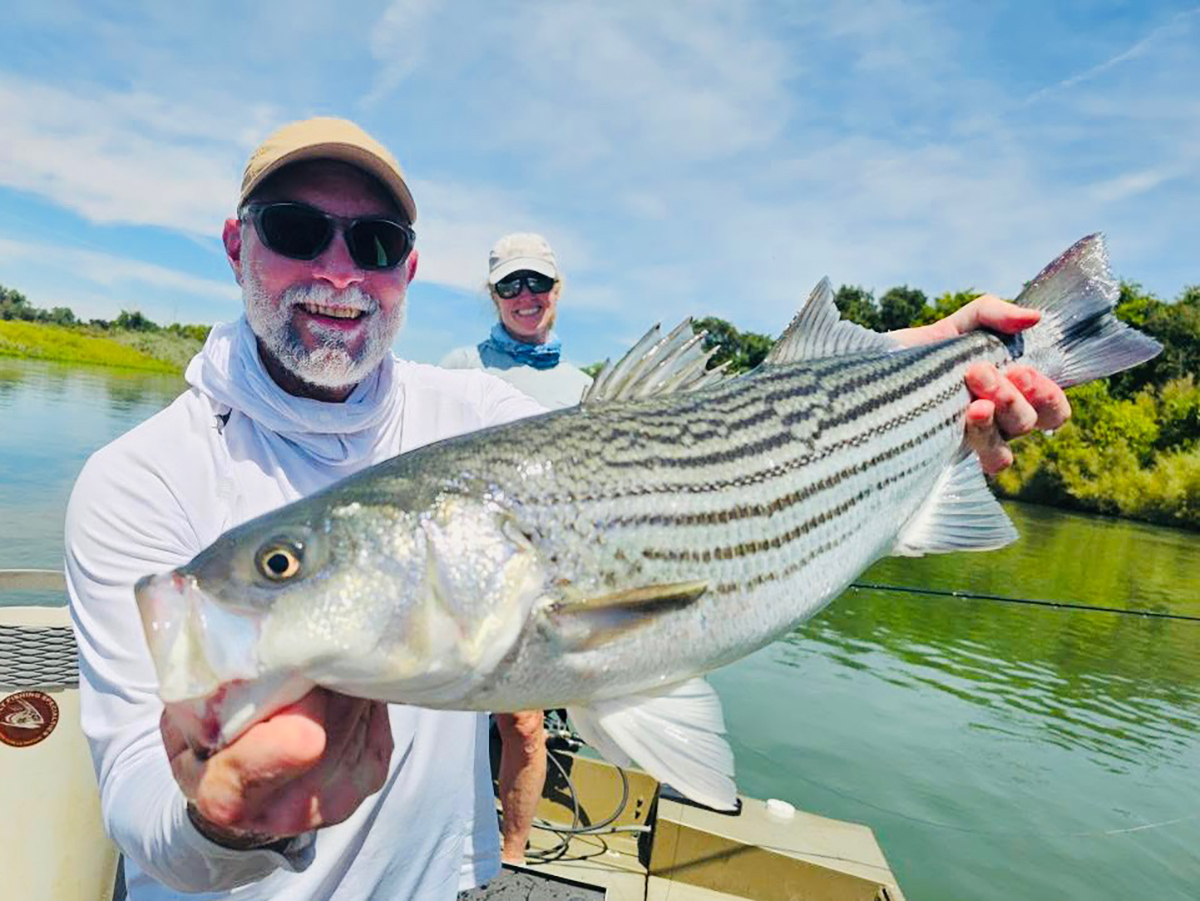
This report has been updated to clarify the boundaries of the shellfish moratorium in New Hanover County.
House budget committees rev back up this week starting with an overview of spending proposed in the newly minted budget sent from the other side of the Legislative Building.
Supporter Spotlight
After a lengthy debate Thursday, the state Senate passed its version of the two-year biennial budget last week in a 32-18 vote.
The budget spends roughly $25.7 billion in the fiscal year starting June 30 and $26.7 billion the following year. After a protracted negotiation with House leaders on the overall total, the Senate’s bill is more than a month behind the typical schedule.
House leaders expect to wrap up work on their budget plan later in July.
Rep. Pat McElraft, R-Carteret, who chairs the House Agriculture and Natural and Economic Resources appropriations subcommittee said Friday she expects committee work to be completed within a couple of weeks after the legislature returns from its July Fourth break.
McElraft said the plan should be voted on by the end of the month. After that, the two chambers will have to reach a compromise on their differences before sending a final version to Gov. Roy Cooper, who has already raised concerns about elements likely to be in a final version.
Supporter Spotlight
North Carolina hasn’t had a full budget enacted and signed since 2018. Cooper vetoed the last two-year budget in 2019 and state agencies and operations have been funded through a series of targeted, mini-budgets and an automatic continuing budget law that maintains funding at the previous year’s levels.
Another veto fight is expected, at least according Senate leader Phil Berger, R-Rockingham, who all but said as much in a news conference last week.
“Well, we’ll see where things are as far as the governor is concerned. This is a little facetious, but I’m sure that the governor is not going to veto this budget, because this is not going to be the final budget,” Berger said Monday of the Senate plan. “We will see what happens once we see what the House does and then we’ll have further conversations with both the House and the executive branch.”
Fisheries in focus
Next year marks the 25th anniversary of the state’s landmark Fisheries Reform Act of 1997 and the 50th anniversary of the Coastal Area Management Act, or CAMA, and the legislature is using the milestones to launch a comprehensive review of its coastal and marine fisheries.
The Senate budget plan provides $1 million to the North Carolina Policy Collaboratory to produce an analysis of trends in state fisheries over the last few decades and to develop policy recommendations to better manage the overall health and viability of the fisheries and their habitats. Fisheries listed for the studies include bay scallop, blue crab, eastern oyster, estuarine striped bass, hard clam, kingfish, red drum, river herring, sheepshead, shrimp, southern flounder, spotted seatrout and striped mullet.
The study is due by Dec. 31, 2022.
The Senate budget also adds two new positions for management and technical work to handle the expansion of the shellfish lease program and allocates additional costs for the northern shellfish lab. Shellfish growers would also see a new loan program through the North Carolina Rural Center aimed at providing working capital and equipment for small, new or existing shellfish operations.
The Senate plan extends indefinitely a moratorium on shellfish leases in New Hanover and Carteret counties enacted in 2019. In New Hanover County, the moratorium would be for waters from the Wrightsville Beach drawbridge through Masonboro Inlet to the mouth of Snows Cut, and in Bogue Sound in Carteret County from the U.S. 70 high-rise bridge in Morehead City to the Emerald Isle bridge.
The moratorium was scheduled to expire on July 1. It was established in the legislation setting up the state’s new water column and bottom leasing program. There’s a strong interest in shellfish leasing in the areas, but they are also among the spots on the coast with potential for conflicts with fishing, recreation and tourism uses.
Also in the Senate budget is $1 million for a voluntary commercial fishing license buyback program aimed at “retiring” underutilized licenses. The plan requires the Division of Marine Fisheries to set up a three-year buyback program starting with a report on its plans due in April 2022.
The licenses would be retired and not revert to the pool of available licenses. Any holder who sells their license would not be eligible for a commercial fishing license for three years after the sale.
Ferry fund established
The state’s ferry service would get its own dedicated capital fund, one of several new funds set up in the Senate budget.
Currently, the cost of new vessels and maintaining the ferry fleet comes out of the state Highway Fund, the state’s main transportation funding vehicle.
The new Ferry Capital Special Fund would be separate from the Highway Fund and tolls collected within the system would flow directly into it as would receipts from work at the state shipyard at Manns Harbor.
The fund is mainly for acquisition and maintenance costs for the ferry fleet as well as tugs, barges and dredges. Under the Senate plan about $9.6 million in vessel replacement funds and $14 million in accumulated fare revenue and state support will be transferred to the new fund. The state would also continue an additional $2.5 million appropriation annually for vessels and maintenance.
The budget also spends more than $4 million to complete two vessels, with $718,090 to finish the M/V Salvo, a river class ferry to replace the M/V Chicamocomico, and $3,450,807 budgeted for the completion of the M/V Avon, a river class ferry that will replace the M/V Kinnakeet on the Hatteras-Ocracoke route in 2022.







